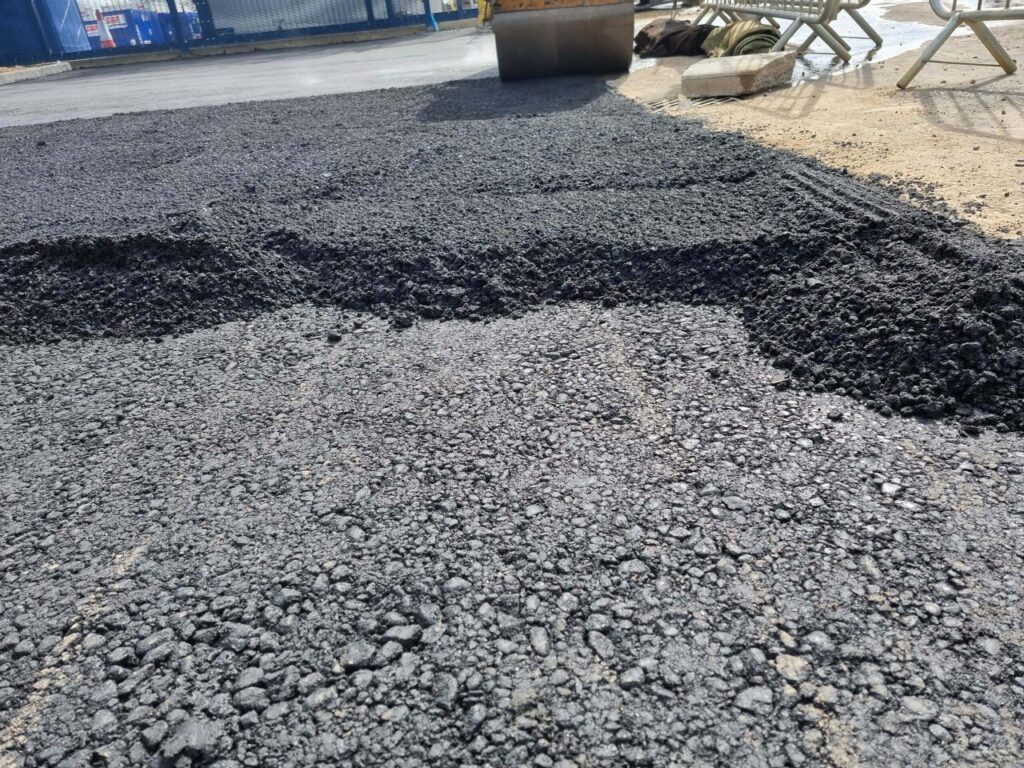The Tarmac Supply Chain: From Quarries to Road Construction
Introduction: Tarmac is a ubiquitous material in road construction and driveway surfacing, known for its durability and versatility. Have you ever wondered about the journey of tarmac from its source to the roads and driveways we use daily? In this blog post, we’ll look closer at the tarmac supply chain, tracing its path from quarries to the final road construction phase.
1. Quarrying Raw Materials:
The journey of tarmac begins at quarries, where raw materials are extracted. These materials primarily consist of aggregates like crushed rock, sand, and gravel. These aggregates form the base of the tarmac mixture, providing strength and stability to the finished product.
2. Material Processing:
Once extracted, the raw materials are processed to meet specific size and quality standards. Crushing, screening, and washing are common processes to refine the aggregates. This processing ensures that the aggregates are impure-free and have the right particle size for tarmac production.
3. Asphalt Production:
The processed aggregates are then combined with bitumen, a petroleum-derived binder, in asphalt plants. The precise mixing of these components is crucial, as it determines the quality and characteristics of the tarmac. Modern asphalt plants use advanced technology to ensure consistency in tarmac production.
4. Transportation:
After production, the tarmac is transported to construction sites or storage facilities. Trucks equipped with heated containers keep the tarmac at the appropriate temperature during transit to maintain its workability.
5. Road Construction:
Once on-site, the tarmac is laid down using specialised machinery. Road construction typically involves several layers of tarmac, including the sub-base, base, and wearing course. Each layer serves a specific purpose, from providing structural support to offering a smooth driving surface.
6. Compaction and Quality Control:
Proper compaction is critical to achieving a durable and long-lasting road surface. Rollers and compactors compress the tarmac layers, removing air gaps and ensuring solid material. Quality control measures, including density and thickness checks, are conducted throughout the construction process to meet project specifications.
7. Surface Treatments:
In some cases, surface treatments like sealing, micro-surfacing, or colouring may be applied to enhance the tarmac’s performance and aesthetics. These treatments can extend the lifespan of the road or driveway and provide additional benefits, such as improved skid resistance.
Conclusion: The tarmac supply chain is a complex and well-orchestrated process that begins with raw materials in quarries and culminates in constructing roads and driveways that we rely on daily. Understanding the journey of tarmac from its source to the final application highlights the importance of quality control and proper construction techniques in creating safe, durable, and efficient road surfaces. Whether it’s a major highway or a residential driveway, tarmac plays a vital role in our modern transportation infrastructure.
Call us on: 01732 442 199
Click here to find out more about Sevenoaks Driveways
Click here to complete our contact form and see how we can help with your driveway needs.

